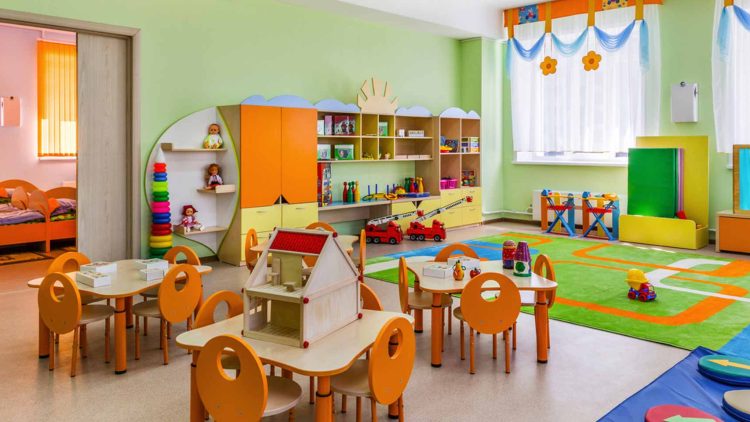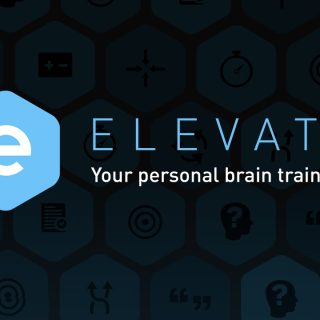Nurturing Tomorrow: A Comprehensive Exploration of Child Care Centers
Introduction:
In the intricate tapestry of early childhood development, child care centers stand as beacons of safety, support, and educational enrichment for the youngest members of our society. This comprehensive exploration seeks to unravel the multifaceted nature of child care centers, delving into their foundational objectives, the spectrum of services they offer, the age groups they cater to, and the various programs that shape the formative experiences of infants to preschool-aged children. From fostering a secure environment to integrating educational activities, child care centers play a pivotal role in supporting families and laying the groundwork for a child’s holistic growth.

Objectives of Child Care Centers:
- Providing a Safe Environment:
- Description: Child care centers prioritize creating a secure and nurturing environment where children can thrive in the absence of their parents or guardians.
- Safety Measures: Implementation of safety protocols, childproofing spaces, and trained staff for emergency response.
- Supporting Working Families:
- Description: A primary objective of child care centers is to offer reliable childcare services to support working parents, enabling them to pursue their professional endeavors with peace of mind.
- Flexible Hours: Many centers offer flexible hours to accommodate various work schedules, including full-time and part-time options.
- Fostering Socialization:
- Description: Child care centers serve as social hubs where children engage with peers, develop social skills, and build the foundation for future interpersonal relationships.
- Group Activities: Structured play, group games, and collaborative projects that encourage teamwork and communication.
- Integrating Educational Activities:
- Description: Beyond basic childcare, many centers integrate educational activities that stimulate cognitive development, preparing children for formal schooling.
- Learning Through Play: Educational games, age-appropriate learning materials, and activities that promote early literacy and numeracy skills.
- Promoting Holistic Development:
- Description: Child care centers aim to nurture the holistic development of children, encompassing physical, cognitive, emotional, and social aspects.
- Enrichment Programs: Incorporation of enrichment programs such as music, art, and physical activities to support diverse developmental domains.

Age Group and Developmental Considerations:
- Infants:
- Description: Child care centers often cater to infants, providing specialized care that addresses their unique needs, including feeding, diapering, and nap schedules.
- Sensory Stimulation: Activities that focus on sensory stimulation and bonding, recognizing the critical role of caregiver-infant interactions.
- Toddlers:
- Description: For toddlers, child care centers offer environments that encourage exploration, language development, and the gradual transition to more structured activities.
- Emerging Independence: Activities that support emerging independence, potty training, and fostering early social skills.
- Preschool-Aged Children:
- Description: Child care centers extend their services to preschool-aged children, preparing them for formal schooling through age-appropriate educational activities.
- Cognitive Development: Emphasis on cognitive development, pre-literacy skills, and activities that promote school readiness.
- Developmental Milestones:
- Description: Child care centers are attuned to the diverse developmental milestones of each age group, adapting their programs to meet the evolving needs of children.
- Observation and Assessment: Regular observation and assessment of developmental progress, with communication channels established with parents.
Types of Child Care Centers:
- Daycare Centers:
- Description: Daycare centers offer full-day or part-time childcare services for infants and young children, providing a home away from home.
- Age Group: Infants to preschool-aged children.
- Services: Basic care, meals, naps, and age-appropriate activities.
- Early Learning Centers:
- Description: Early learning centers combine childcare services with a focus on early education, introducing structured learning activities for cognitive development.
- Age Group: Infants to preschool-aged children.
- Curriculum: Play-based learning, early literacy and numeracy activities, and exposure to enrichment programs.
- Playgroups:
- Description: Playgroups are informal settings where young children come together with parents or caregivers for socialization, play, and early learning activities.
- Age Group: Typically toddlers and preschool-aged children.
- Format: Parent/caregiver involvement, facilitated play, and opportunities for shared experiences.

Educational Approaches in Child Care Centers:
- Play-Based Learning:
- Description: Many child care centers adopt a play-based learning approach, recognizing the importance of play in fostering creativity, imagination, and cognitive development.
- Structured Play: Organized play activities that support learning objectives and socialization.
- Emergent Curriculum:
- Description: Child care centers may follow an emergent curriculum, where learning experiences emerge based on children’s interests, promoting child-led exploration.
- Flexible Planning: Adapting activities and lessons based on the evolving interests and developmental stages of the children.
- Reggio Emilia Approach:
- Description: Some child care centers draw inspiration from the Reggio Emilia approach, emphasizing child-led, project-based learning that integrates the arts and nature.
- Documentation: Documentation of children’s learning experiences, fostering a collaborative approach between educators, children, and parents.
Impact on Child Development:
- Social Skills and Peer Interaction:
- Description: Child care centers significantly impact the development of social skills, as children engage in peer interactions, learn to share, and navigate social dynamics.
- Conflict Resolution: Opportunities for conflict resolution and the development of positive communication skills.
- Language Development:
- Description: The rich linguistic environment of child care centers supports language development, vocabulary expansion, and the refinement of communication skills.
- Storytelling and Communication Activities: Storytelling, conversations, and activities that encourage language expression.
- Cognitive Skills:
- Description: Child care centers contribute to the cognitive development of children through age-appropriate activities that stimulate curiosity, problem-solving, and critical thinking.
- Educational Games: Introduction of educational games, puzzles, and activities that enhance cognitive skills.
- Emotional Resilience:
- Description: Children in child care centers develop emotional resilience as they learn to manage separation from parents, navigate new environments, and build positive relationships.
- Comfort and Security: Establishment of a comforting and secure environment, with consistent caregiving and emotional support.
- Preparation for Formal Schooling:
- Description: Child care centers play a crucial role in preparing children for formal schooling by introducing routines, basic academic concepts, and socialization skills.
- School Readiness Programs: Integration of school readiness programs that focus on early literacy, numeracy, and self-help skills.
Challenges and Considerations:
- Staff-to-Child Ratios:
- Description: Maintaining appropriate staff-to-child ratios is a challenge, as it directly impacts the quality of care and attention each child receives.
- Regulatory Compliance: Adherence to regulatory standards for staff qualifications and child supervision.
- Inclusion and Diversity:
- Description: Ensuring inclusion and celebrating diversity within child care centers require intentional efforts to create an environment that respects and values individual differences.
- Cultural Competency: Training staff in cultural competency and addressing cultural biases to create a welcoming environment for all children.
- Communication with Parents:
- Description: Effective communication with parents is crucial for the success of child care programs, and challenges may arise when communication channels are not well-established.
- Parent Involvement: Strategies for involving parents in their child’s daily experiences and developmental progress.
- Transition Periods:
- Description: Transition periods, such as the enrollment phase or the move from one age group to another, can be challenging for both children and parents.
- Orientation Programs: Implementing orientation programs and support systems to ease transitions for children and families.
Conclusion:
Child care centers, woven into the fabric of early childhood development, emerge as dynamic spaces where the seeds of learning, socialization, and emotional resilience are sown. As we navigate the myriad objectives, age-specific considerations, and diverse programs that define child care centers, their significance in supporting families and nurturing the growth of our youngest learners becomes abundantly clear. In the hands of dedicated caregivers, child care centers become more than mere custodial spaces; they transform into environments where the foundation for a child’s future is laid with care, compassion, and a commitment to holistic development. Through the lens of this comprehensive exploration, child care centers stand not only as essential support systems for working families but as integral contributors to the vibrant tapestry of early childhood education, fostering the growth and flourishing of the next generation.








